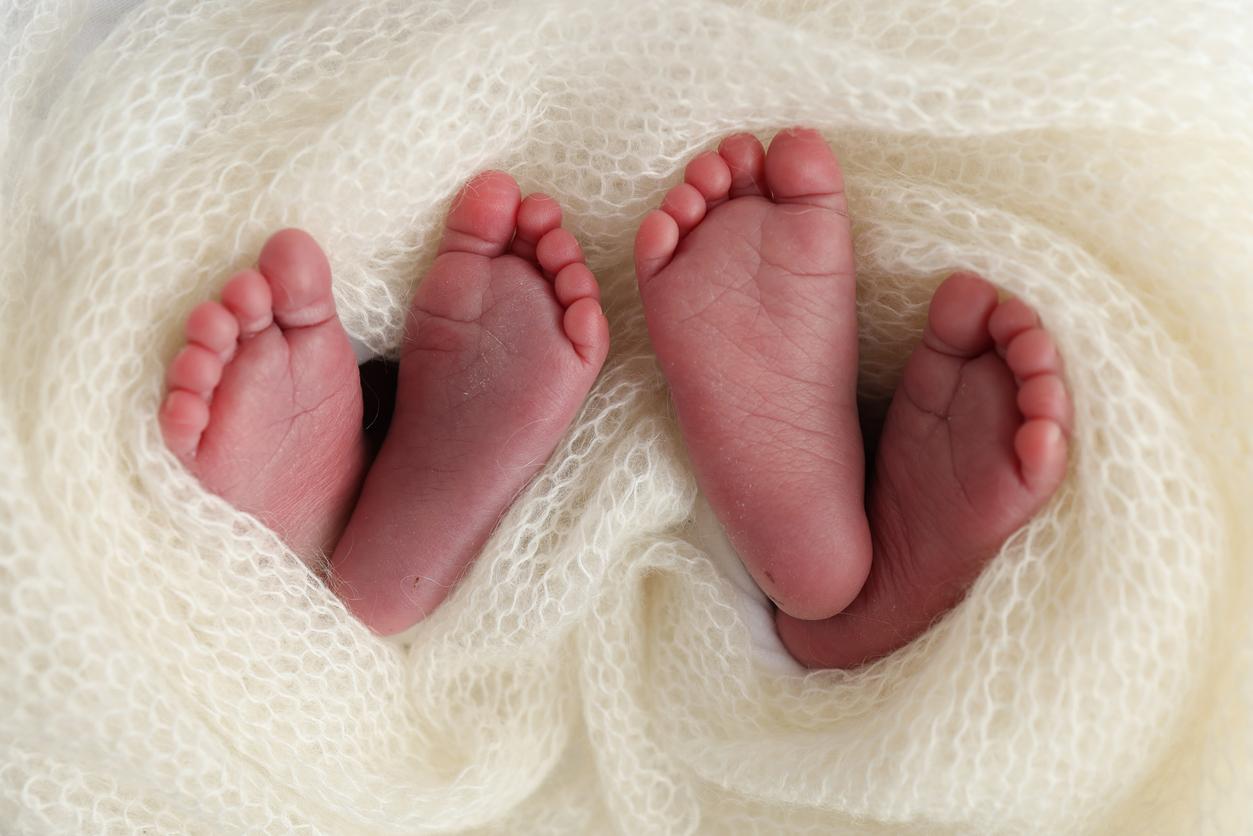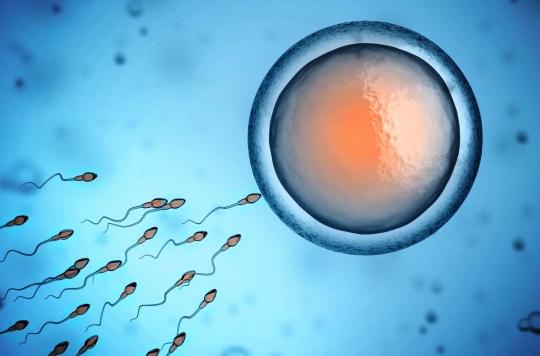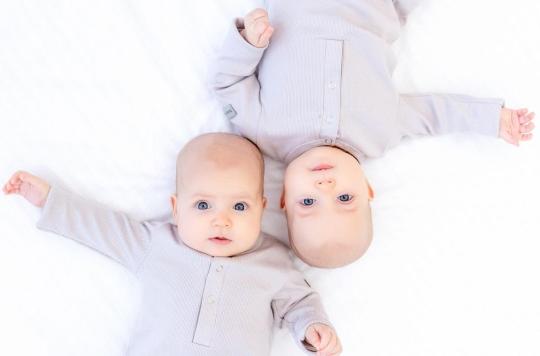The probability of having twins is 1 in 40. This means that there are more than 70,000,000 twins in the world. In one in 75,000 births, they are even Siamese, because the twins remain attached to each other.
-1524499235.jpg)
There are twice as many twins in the north of France than in the southwest. We have spoken of “micro-climates” and the age of over 37 years in the mother, also seems to be a contributing factor. But today the main source of twins, triplets, quadruplets, even more, is in the methods of in vitro fertilization.
There are two types of twins.
The real ones, the mother’s egg was fertilized by two spermatozoa who shared the victory. The two children are an almost exact replica of each other and their possible future physical differences will be due to non-genetic environmental factors, which may influence the expression of certain genes if the 2 twins are in 2 different environments. .
When the mother releases two eggs, each fertilized by a sperm, we will then speak of fraternal twins. These are two different children who will develop at the same time in the mother’s womb and who will therefore live their childhood together. But their differences will be visible fairly quickly even if they are bred in a similar fashion.
A pregnancy sometimes at risk
False and some identical twins develop in two different placentas. The pregnancy, even if it is cumbersome and the delivery often by cesarean section, is going quite well. This is not the case when identical twins are in one pouch as an imbalance occurs which may favor one fetus over the other.
In very rare cases, one of the twins may even be fed through the placenta through the other. For the prognosis of possible prematurity, it will be understood that it is essential to find out the number of placentas, which ultrasound can very well do, long before birth.
Very special twins: the Siamese
When identical twins have an egg that does not separate well, we speak of Siamese. Siamese brothers or sisters are twins or twins attached to each other by a part of the body. Right after fertilization, when what is called the egg has to separate, it gets stuck for reasons that are not known.
Nowadays, this is an exceptional eventuality, 1 birth in 75,000, which still represents 20 Siamese per year, in France. Most of the time glued by the thorax, sometimes back to back, rarely by the pelvis and in 2 out of 100 cases, by the brain.
In the majority of cases, these are moreover little girls who will benefit from a surgical separation unless these Siamese have vital organs in common. However, such tragedies can today be avoided thanks to the ultrasound which makes the diagnosis of twin pregnancy in the first trimester.
There is even a case – fortunately extremely rare – where a baby develops IN the body of the other. Obviously, this growth is quickly impossible and we even made the diagnosis years after birth by finding during an X-ray examination the trace of a small “fossilized” fetus.
Ultrasound is essential
Thanks to the compulsory ultrasound today in our country from the first months of pregnancy, we can now make the decisions imposed by this form of monstrosity of termination of pregnancy if the prognosis is poor. Surgery as soon as possible if technically possible. Because the specialists in this surgery all fear the final moment of separation.
Indeed, everything is not registered in the analysis of the images offered to us by the most modern examinations. It would seem that over the years for the Siamese, life imperceptibly nests its different components in one or the other of the two bodies. One directs the walk, the other the breathing.
The intervention then becomes as risky – impossible – as separating a body into two parts. A mystery that medicine still cannot explain.
.
















